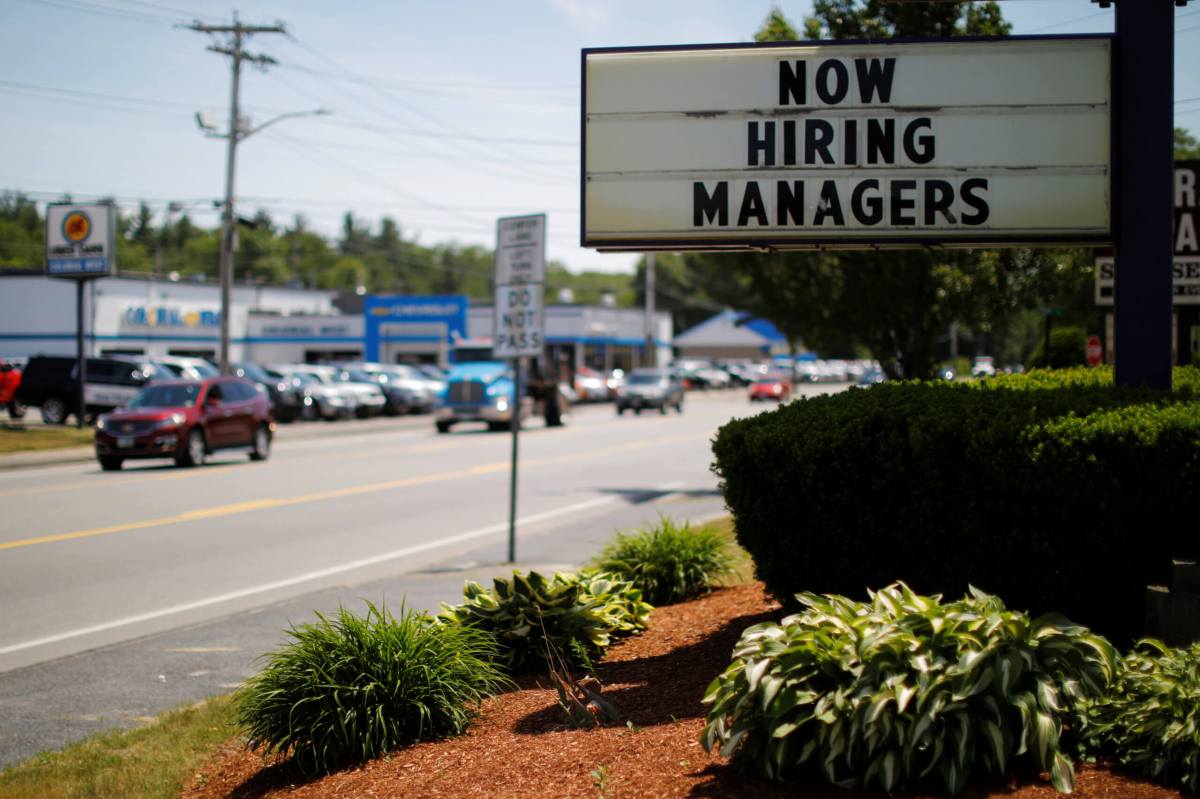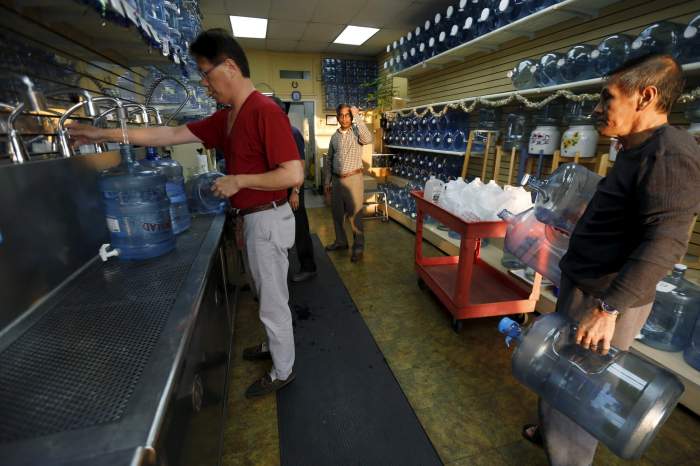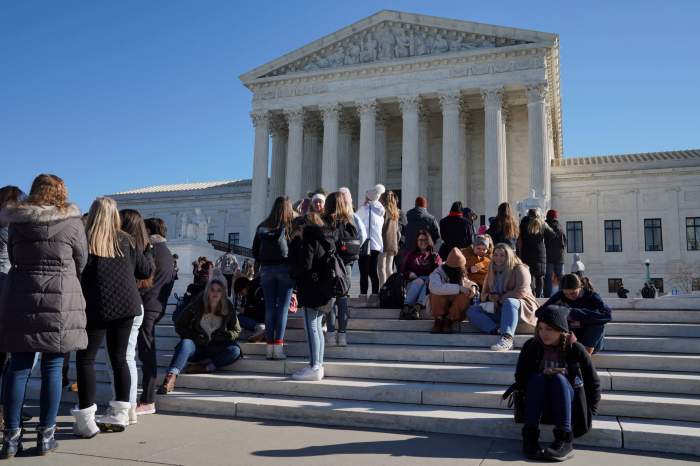By Lucia Mutikani
WASHINGTON (Reuters) – The number of Americans filing applications for unemployment benefits dropped from more than a two-year high last week, pointing to sustained labor market strength.
While other data on Thursday showed factory activity in the mid-Atlantic region almost stalling this month, manufacturers received more orders, increased shipments and working hours for employees. Their outlook for capital expenditure over the next six months was also upbeat, offering some tentative signs of a turnaround in manufacturing amid an easing in tensions in the 17-month trade war between the United States and China.
The trade tensions bruised business confidence and weighed on capital expenditure, leading to a downturn in national manufacturing activity. But dark clouds continue to loom over manufacturing, which accounts for 11% of the economy. Boeing announced on Monday it would suspend production of its best-selling 737 MAX jetliner in January as fallout from two fatal crashes of the now-grounded aircraft drags into 2020.
Economists estimated that Boeing’s biggest assembly-line halt in more than 20 years, which is expected to wreak havoc on supply chains, could cut first-quarter 2020 gross domestic product growth by at least half a percentage point.
Initial claims for state unemployment benefits decreased 18,000 to a seasonally adjusted 234,000 for the week ended Dec. 14, the Labor Department said.
Though the drop did not unwind the prior week’s jump of 49,000, it likely does not indicate a material shift in labor market conditions as claims data tend to be volatile in the period following the Thanksgiving Day holiday.
The prior week’s surge, which boosted claims to 252,000 – the highest reading since September 2017 – probably reflected a late Thanksgiving Day this year compared to 2018. That could have thrown off the model used by the government to strip out seasonal fluctuations from the data.
Economists polled by Reuters had forecast claims would fall to 225,000 in the latest week. They expect claims to remain elevated relative to October’s low reading given volatility in the data around the holiday season and end of the year.
U.S. stock index futures were trading largely flat after the release of the data. Prices of U.S. Treasuries were mixed while the dollar was flat against a basket of currencies.
MIXED FACTORY DATA
The Labor Department said no claims for states were estimated last week. The four-week moving average of initial claims, considered a better measure of labor market trends as it irons out week-to-week volatility, rose 1,500 to 225,500 last week. The underlying trend in claims remains consistent with a strong labor market.
Last week’s claims data covered the period during which the government surveyed business establishments for the nonfarm payrolls component of December’s employment report.
The four-week moving average of claims rose 4,250 between the November and December survey periods, suggesting some cooling in job growth. The economy added 266,000 jobs in November, the most in 10 months. The unemployment rate fell back to 3.5%, the lowest in nearly half a century.
Labor market strength is underpinning consumer spending, keeping the economy on a moderate growth path despite headwinds from the trade tensions and slowing global growth.
In a separate report on Thursday, the Philadelphia Federal Reserve said its business conditions index dropped to a reading of 0.3 in December from 10.4 in November. But there were increases in measures of new orders, unfilled orders, factory hours and shipments.
The Philadelphia Fed survey’s six-month business conditions index slipped to a reading of 35.2 this month from 35.8 in November. Its six-month capital expenditures index jumped to 27.6 from a reading of 19.4 in the prior month.
The mixed readings in manufacturing in the region that covers eastern Pennsylvania, southern New Jersey and Delaware mirror other measures on factory activity. A survey from the New York Fed on Monday showed its business conditions index remaining subdued for the seventh consecutive month. Manufacturers were, however, optimistic about business conditions over the next six months.
(Reporting by Lucia Mutikani; Editing by Paul Simao)



















